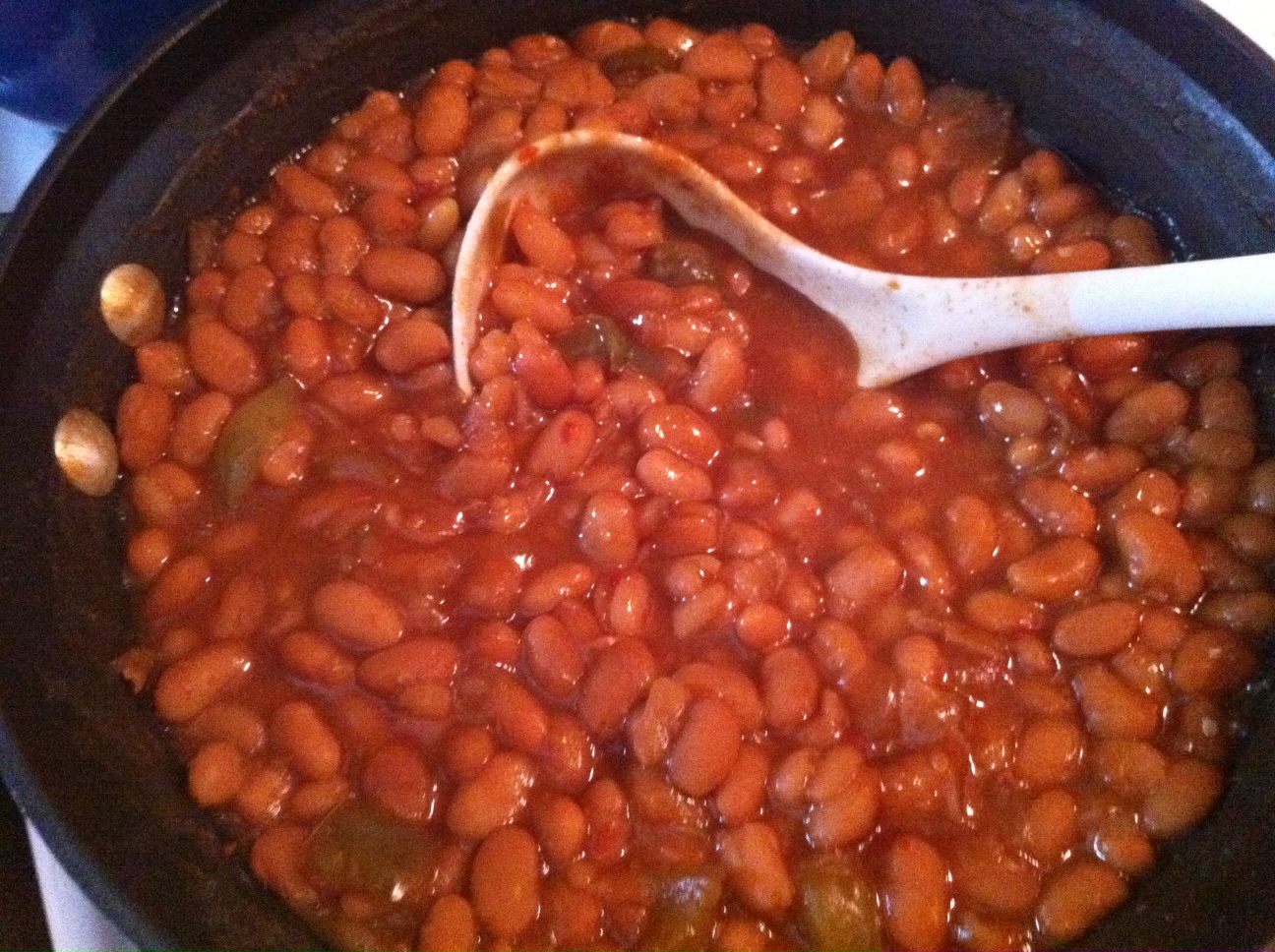14 Aug
Blueberry Cornmeal Pancakes (Vegan)
If you’re wondering why the streak of breakfast foods, it’s mostly because recent life changes have conspired not only to make me too tired to cook anything but breakfast, but also to crave carborific breakfast treats that I normally would never eat because I would be too full after scarfing my now forbidden runny eggs. (Sorry, vegans. They were humanely farmed, at least.) That being said, I’ve also been experiencing some personal recidivism on the dietary front in general, and finding myself increasingly put off by the concept of animal products – again. Are we re-invegginating ourselves? I don’t know, maybe. A recent bout with having to feed my geriatric dog baby food due to veterinary issues brought me face to face with the horror of pureed chicken, which got me reflecting on the benefits of raising baby HashTag* on a vegetarian diet. And then there are some other things to consider, but that’s a long story for another day and I don’t want to stand in the way of you and these awesome pancakes.
Please note that you can swap out the coconut milk for any other kind of milk – rice, almond, soy, dairy, whatever. Also, you can pretty much use any kind of oil you want – I used walnut because I was trying to use it up before it expires, but you could use coconut oil, vegetable oil, peanut oil (though the latter might add some peanutty flavor – but that could awesome too, so go for it!).
You can also use regular white flour instead of wheat flour – whatever you have handy.
Blueberry Cornmeal Pancakes
- 1 1/2 c. coconut milk
- 1 tbsp walnut oil
- 1/2 tsp vanilla
- 1 tbsp apple cider vinegar or lemon juice
- 1 c. wheat flour
- 1/2 c. cornmeal
- 1 tsp baking powder
- 1/2 tsp baking soda
- 1/4 tsp salt
- 2 tbsp sugar
- 1 c. fresh blueberries
Preheat your oven to 200 degrees and have a baking sheet handy so you can keep the completed pancakes warm as you cook the remaining batter.
Mix the dry ingredients, then stir in the wet ingredients, then stir in the blueberries. Let the batter rest for a few minutes.
Heat a tiny bit of oil in a medium size non-stick skillet on medium heat. When everything is hot, pour 1/4 c. of batter onto the skillet and cook until the edges firm up and the batter begins to bubble a bit.
These pancakes do not bubble as much as your typical pancake, so keep that in mind and check them with a pancake turner for firmness. When they are cooked on bottom, flip and cook another minute or two on the other side. Transfer to baking sheet to keep warm. Serve with maple syrup, berries or jam.
*Not his real name.











Recent Comments